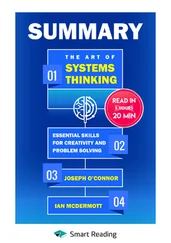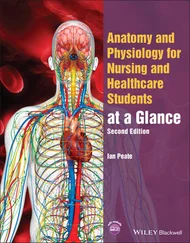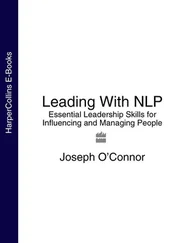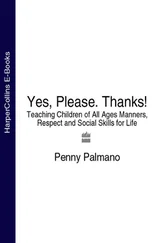What about complementary medication? As well as a nurse/nurse educator, I am also a complementary therapist and I am surprised at the number of individuals taking ‘natural’ remedies and not being aware of their interactions with more mainstream medications: Anticoagulants may react with ginseng, ginkgo Biloba (for improved memory and brain circulation) and should be discontinued 36 hours prior to surgery. Other complementary remedies that need to be considered in the conventional healthcare environment are:
Homoeopathic remedies – individuals may be advised to avoid coffee, peppermint, or menthol as these substances may counteract the effect of the homoeopathic remedy.
St. Johns Wort – which is often used to treat depression, may be harmful for individuals with bipolar disease as it may induce mania.
Liquorice root – should be avoided for those with chronic heart failure and those with hypertension.
Other food/drug interactions can be seen in Chapter 2. Very often complementary therapies are referred to as ‘alternative therapy’ as they may not be considered part of mainstream healthcare and this is known as CAMS (Complimentary and Alternative Medicine). If in any doubt speak to a pharmacist who can give advice. Never give a drug if you are unsure. Seek advice. Table 1.1lists many of the complementary therapies which patients may discuss with you. See how many you have heard of:
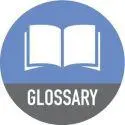 Complementary medicine
Complementary medicine
A broad term used to describe medicines used in conjunction with conventional medicine.
A broad term used to describe medicines used instead of conventional medicine.
Table 1.1 CAMS.
| Osteopathy |
Chiropractic |
Acupuncture |
| Herbal medicine |
Homoeopathy |
Aromatherapy |
| Alexander technique |
Massage |
Counselling and mindfulness |
| Iridology |
Stress therapy |
Hypnotherapy |
| Reflexology |
Shiatsu |
Meditation |
| Relaxation therapy |
Thermal auricular therapy |
Traditional Chinese and Ayurvedic medicine |
| Crystal therapy |
Colour therapy |
Kinesiology |
Drug Administration Routes
When administering medications, we also need to be completely conversant with the mode of administration, or route. A very sad case involved a young boy called Wayne Jowett who died as a result of being given his medication intrathecal ‘ITH’ instead of intravenously (which is written as ‘IV’).
If you saw the route written as ‘ITH’ on a prescription chart, what do you think this would mean? Let's look at this and other abbreviations that you may encounter.
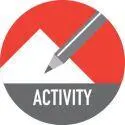 Activity 1.3
Activity 1.3
Here is a list of abbreviations for routes of drug administration. Can you work out what they mean?
| 1ITH |
4IV |
7INH |
| 2SC |
5IM |
8NEB |
| 3ID |
6O |
9TOP |
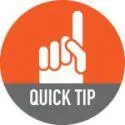 In many NHS Trusts, very few abbreviations are permitted to be used on a drug chart: subcutaneous (SC), intramuscular (IM), IV, O, nebulisation (NEB), topical (TOP), and inhalation (INH). Everything else has to be written out in full so that mistakes don't get made.
In many NHS Trusts, very few abbreviations are permitted to be used on a drug chart: subcutaneous (SC), intramuscular (IM), IV, O, nebulisation (NEB), topical (TOP), and inhalation (INH). Everything else has to be written out in full so that mistakes don't get made.
As well as being conversant with the route abbreviations, if we are administering drugs we need to keep ourselves updated about changes to drug names, as well as contraindications.
Paracetamol (derived from coal tar; also known as acetaminophen) can now be given by the intravenous route, but is obviously much more expensive than oral paracetamol and has a shorter half‐life. This means that it is less effective over a longer time span and, as pain is considered to be the fifth vital sign, we need to be aware of this when keeping our patients comfortable and pain free.
Single‐Nurse Administration
In most adult hospital settings, it is one nurse who administers the medications to the patients. This is considered to be the safest option as it thought that the lone nurse will take extra care due to their sole responsibility. The exception to this is often injected drugs and controlled drugs, whereby two nurses check and sign for the drug and go to the patient's bedside together to administer the drug.
When there are any calculations or working out to do, two nurses should also check their workings out to agree on the correct answer and dose that the patient requires.
When medication errors occur, paediatric patients have a higher risk of death than adults due to the fact that most drugs are developed in concentrations for adults, necessitating often complex weight‐based calculations for paediatric doses and dilutions. Many drugs are not licensed for use in children. The gastric pH of children only reaches the same level as that of adults when they reach two to three years of age. The British National Formulary (BNF) classifies children into four groups:
Neonates (up to one month)
Infants (up to one year)
One to six years of age
6–12 years of age
 Paediatric patients
Paediatric patients
These patients are infants, children, and adolescents.
One of the special safeguards the paediatric clinical areas often have in place is that two nurses have to check and sign the prescription chart. One of these should be a Registered Paediatric Nurse.
Other than paediatric patients, who may be considered as another high‐risk group?
Ageing can influence many aspects of absorption, distribution, metabolism, and excretion (ADME) with excretion the most affected. This is because by the age of 65, the human kidney is almost a third less efficient than younger adults. This can lead to drugs not being cleared as efficiently from the kidneys, building up, and causing toxicity. Another cause for concern is the effects and side‐effects of some drugs which may contribute to falls in frail adults due to postural hypotension and other factors.
 Postural hypotension
Postural hypotension
A form of low blood pressure that happens when you stand up from sitting or lying down. Symptoms include dizziness, fainting (syncope), confusion, or blurred vision.
Patients being admitted to hospital from the community, on any of these ‘high risk drugs’ should be reviewed by a Doctor or Pharmacist and all staff should be made aware of this risk factor. Table 1.2shows some of these drugs to be made aware of.
Читать дальше
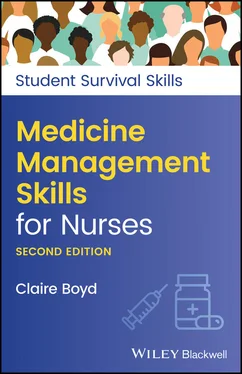
 Complementary medicine
Complementary medicine Activity 1.3
Activity 1.3 In many NHS Trusts, very few abbreviations are permitted to be used on a drug chart: subcutaneous (SC), intramuscular (IM), IV, O, nebulisation (NEB), topical (TOP), and inhalation (INH). Everything else has to be written out in full so that mistakes don't get made.
In many NHS Trusts, very few abbreviations are permitted to be used on a drug chart: subcutaneous (SC), intramuscular (IM), IV, O, nebulisation (NEB), topical (TOP), and inhalation (INH). Everything else has to be written out in full so that mistakes don't get made.

